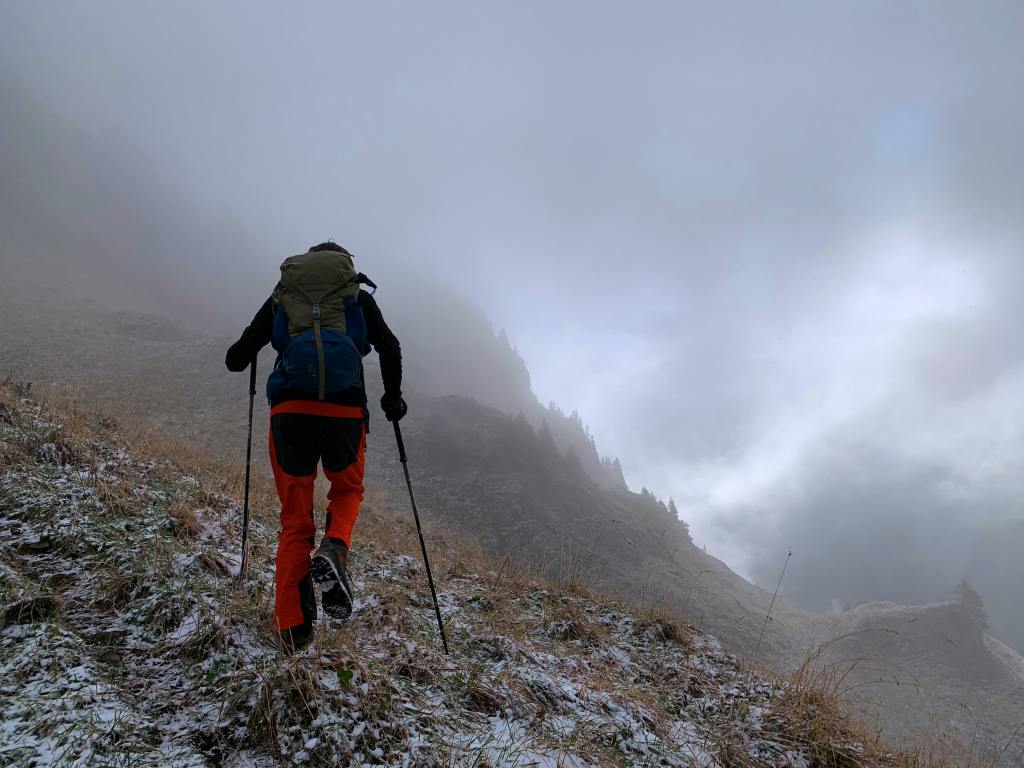

If you’ve ever hiked at high altitudes, you may be familiar with one of the more unfortunate side effects of mountain travel: excess wind. And we don’t mean the meteorological kind.
Videos by Outdoors with Bear Grylls
There’s no question that high altitudes are associated with increased flatulence. But there are plenty of questions about why. Some mountaineers blame it on alpine nutrition: freeze-dried food, trail bars, and dehydrated beans, for example. Others say extended exertion can interfere with digestion. And frequent fliers, who also experience high alti-toots, say anxiety can cause gas and bloating during stressful or extended travel.
Of course, none of this armchair theorizing is a substitute for real science. Fortunately, the search for a medical explanation began more than four decades ago, when two doctors considered the subject in a historic letter penned in 1981.

The letter was published in the now-defunct Western Journal of Medicine and was written by Dr. York Miller, a professor at the University of Colorado School of Medicine, and Dr. Paul Auerbach, who was a professor emeritus at Stanford’s medical school before he passed away in 2021.
“We would like to report our observations upon a new gastrointestinal syndrome, which we shall refer to by the acronym HAFE (high altitude flatus expulsion),” the letter begins.
The doctors explain that the syndrome is associated with ascending to altitudes 11,000 feet or higher, and is commonly experienced while hiking, climbing, and skiing in the Rockies. They also note that the results of the syndrome are “known to veteran backpackers as ‘Rocky Mountain barking spiders.’”
They go on to theorize that the increase in flatulence at 11,000 feet has to do with the fact that gas expands at higher altitudes. That’s the reason balloons burst in the upper atmosphere, and that the water bottle you bought at the airport terminal emits a pop when you open it at 30,000 feet.
The gas in your digestive system, the doctors posited, could be behaving the same way. Changing altitude results in an increase in pressure, which means a more explosive tailwind.

In 2013, a group of Australian researchers came up with another theory. They found that HAFE was happening at altitudes as low as 5,900 feet, and that hikers’ gassiness peaked eight to 10 hours after they arrived at that altitude. The lag time is strong evidence that it’s not just the instantaneous expansion of air in the gut that causes HAFE. Instead, the Australian researchers concluded that HAFE could be due to the carbon dioxide that naturally exists in the bloodstream. When there’s less atmospheric pressure, gases naturally become undissolved from liquids at higher rates. In this case, the result of that would be extra carbon dioxide filtering out of the bloodstream and into the intestines. There, it would accumulate as gas—increasing sensations of bloating and flatulence.
In a later interview, Dr. Auerbach noted that scientists have still not pinpointed the cause of HAFE with absolute certainty. Regardless, Miller and Auerbach’s original letter retains its place of reverence in the backpacking community. In 2016, the Telluride Mountainfilm Festival premiered a short documentary on the topic. It was aptly named HAFE: The Story Behind.









